GPCR/G protein

All GPCRs share a common seven trans-membrane structure. GPCRs are associated with heterotrimeric G-proteins which are GTP-binding proteins made of alpha, beta, and gamma subunits. When a ligand binds to GPCR, it activates the attached G-protein, the GDP is replaced with GTP. The activated G-protein then dissociates into an alpha and a beta-gamma complex which activates downstream signaling pathways. These intracellular signaling pathways include cAMP/PKA, calcium/NFAT, phospholipase C, protein tyrosine kinases, MAP kinases, PI-3-kinase, nitric oxide/cGMP, Rho, and JAK/STAT.
GPCRs are one of the most important therapeutic targets for various diseases, over 30% of all modern medicinal drugs target this family. Aberrant GPCR functions are involved in pathological conditions such as neurological, immunological and hormonal disorders. A large number of GPCRs have been identified, but whose ligands are not known, are classified as orphan receptors.
-
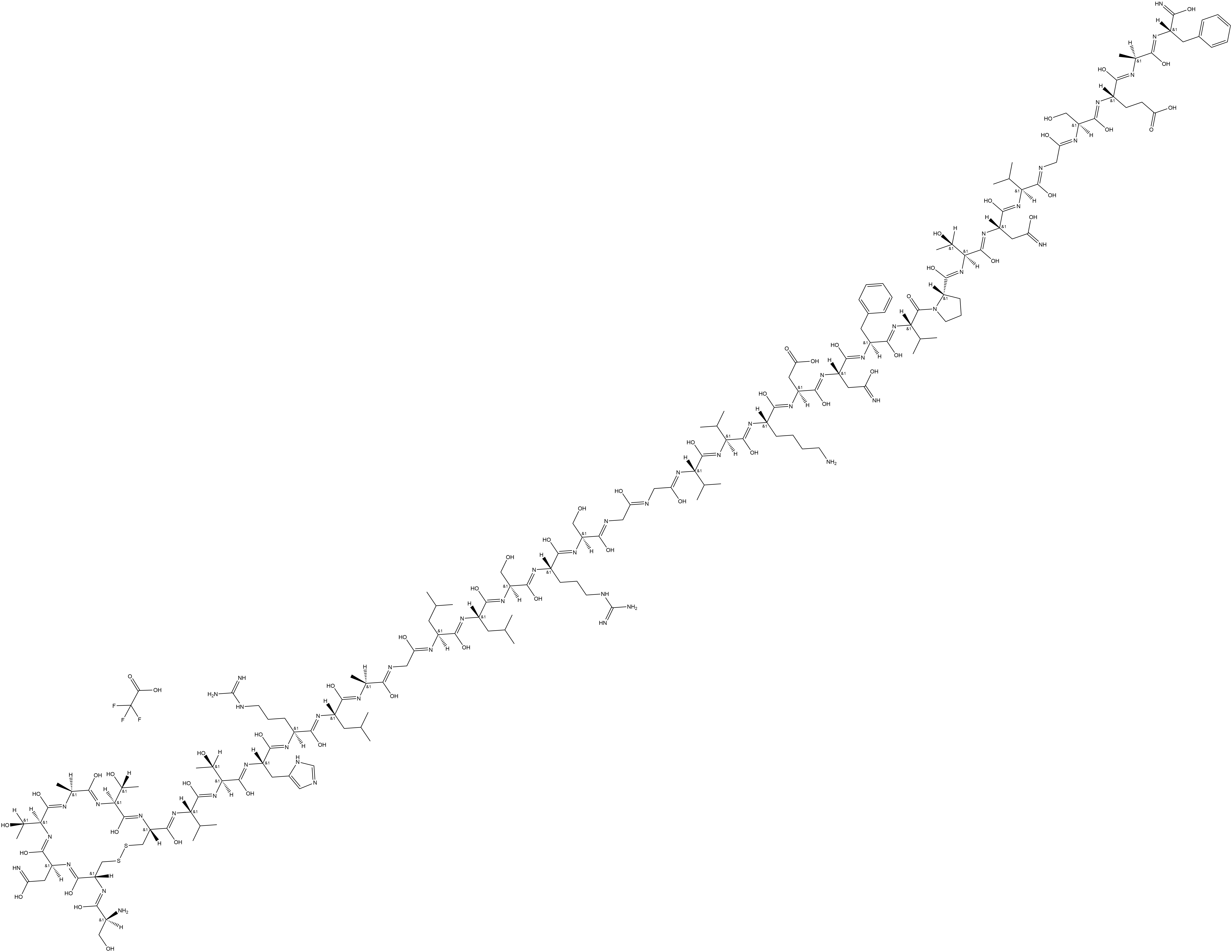 B5061 CGRP (rat) TFASummary: Endogenous neuropeptide, potent vasodilator
B5061 CGRP (rat) TFASummary: Endogenous neuropeptide, potent vasodilator -
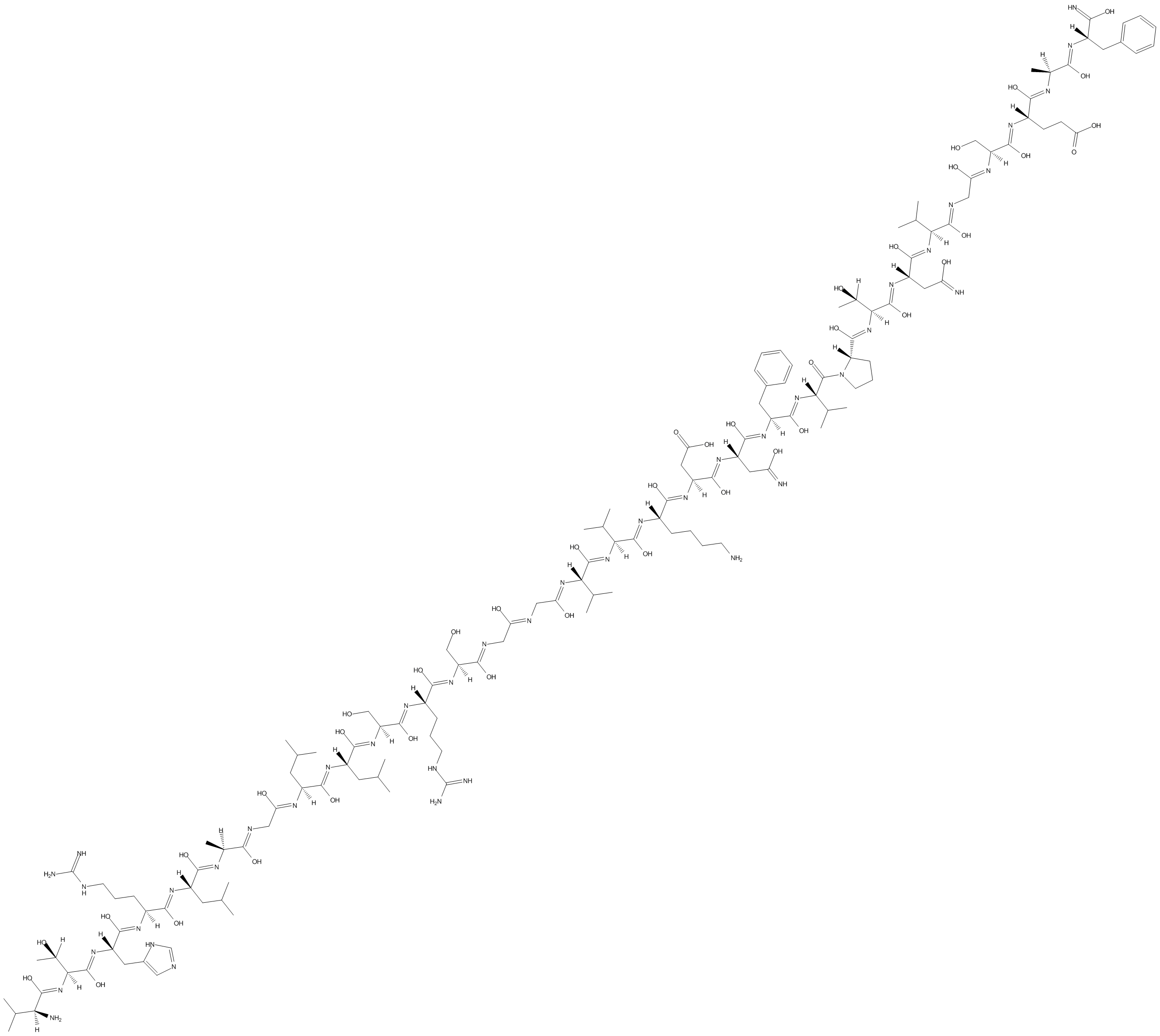 B5066 CGRP 8-37 (rat)Summary: Peptide antagonist for CGRP1 receptors
B5066 CGRP 8-37 (rat)Summary: Peptide antagonist for CGRP1 receptors -
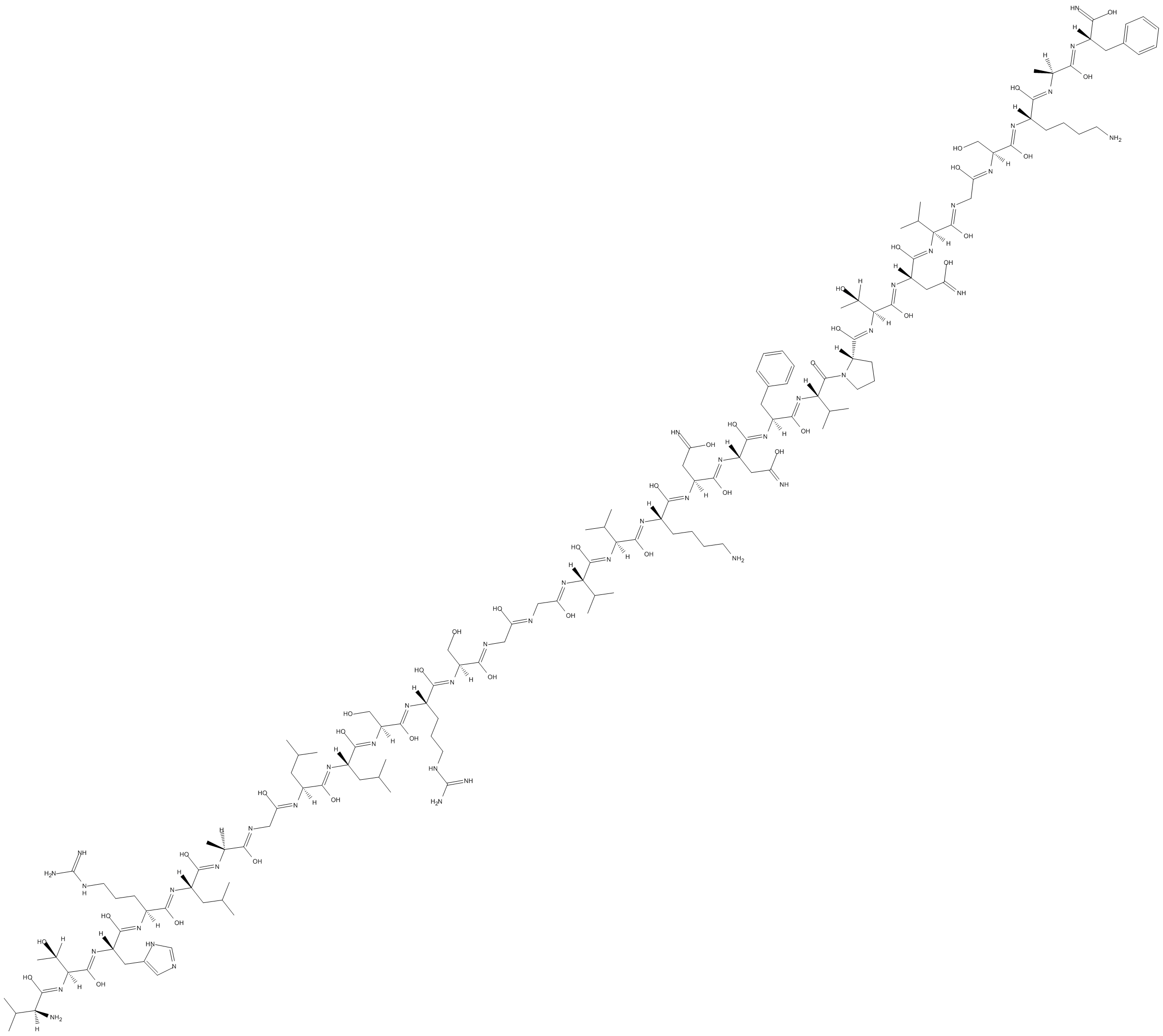 B5073 CGRP 8-37 (human)Summary: Peptide antagonist for CGRP1 receptors
B5073 CGRP 8-37 (human)Summary: Peptide antagonist for CGRP1 receptors -
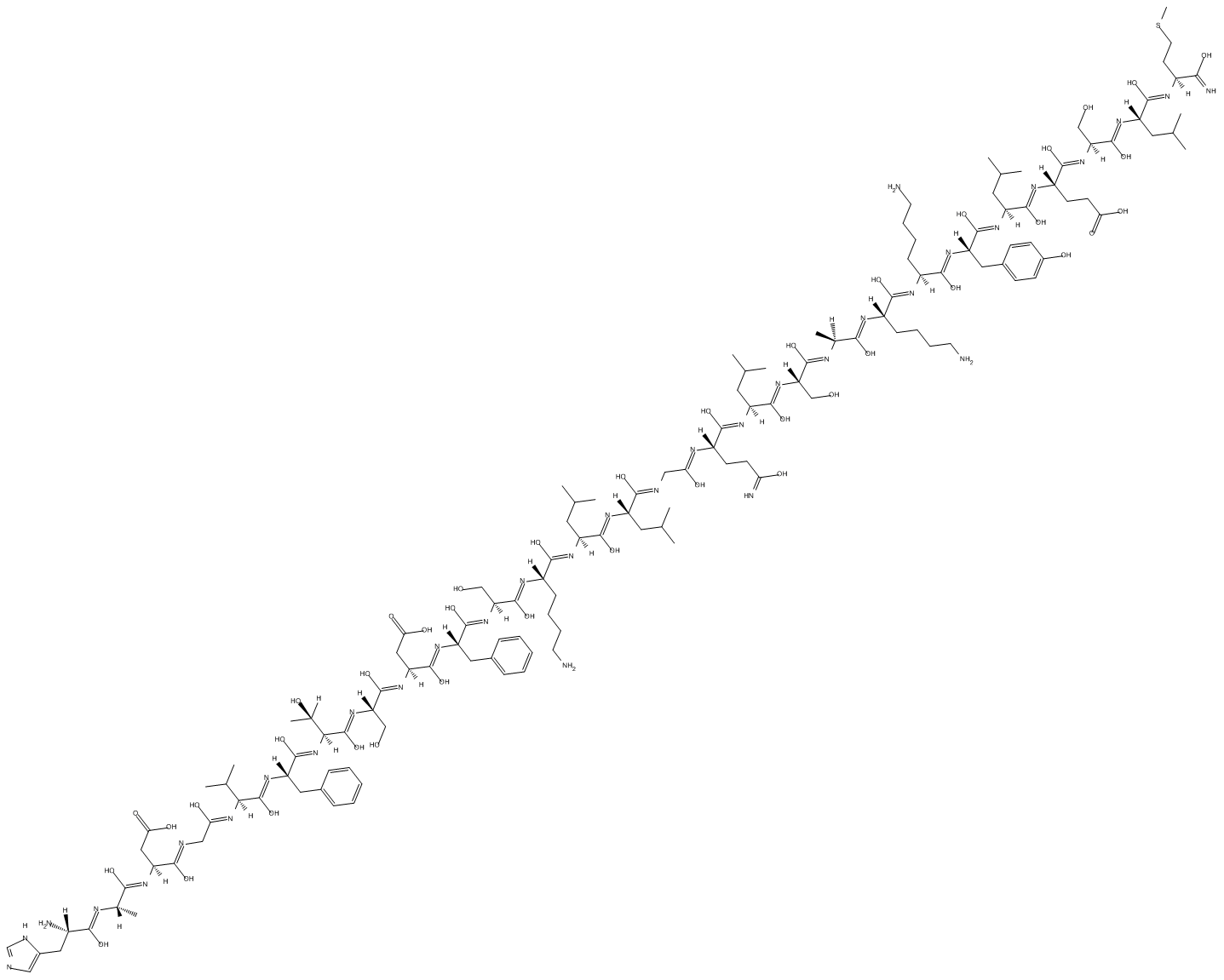 B5254 PHM 27 (human)Summary: potent agonist for the human calcitonin receptor
B5254 PHM 27 (human)Summary: potent agonist for the human calcitonin receptor -
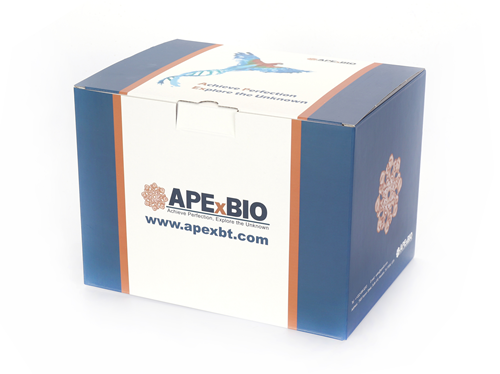 B5362 α-CGRP (human)Summary: Endogenous calcitonin gene-related peptide receptor (CGRP) agonist
B5362 α-CGRP (human)Summary: Endogenous calcitonin gene-related peptide receptor (CGRP) agonist -
 B5423 AmylinSummary: agonist for amylin, calcitonin, CGRP and adrenomedullin receptors
B5423 AmylinSummary: agonist for amylin, calcitonin, CGRP and adrenomedullin receptors -
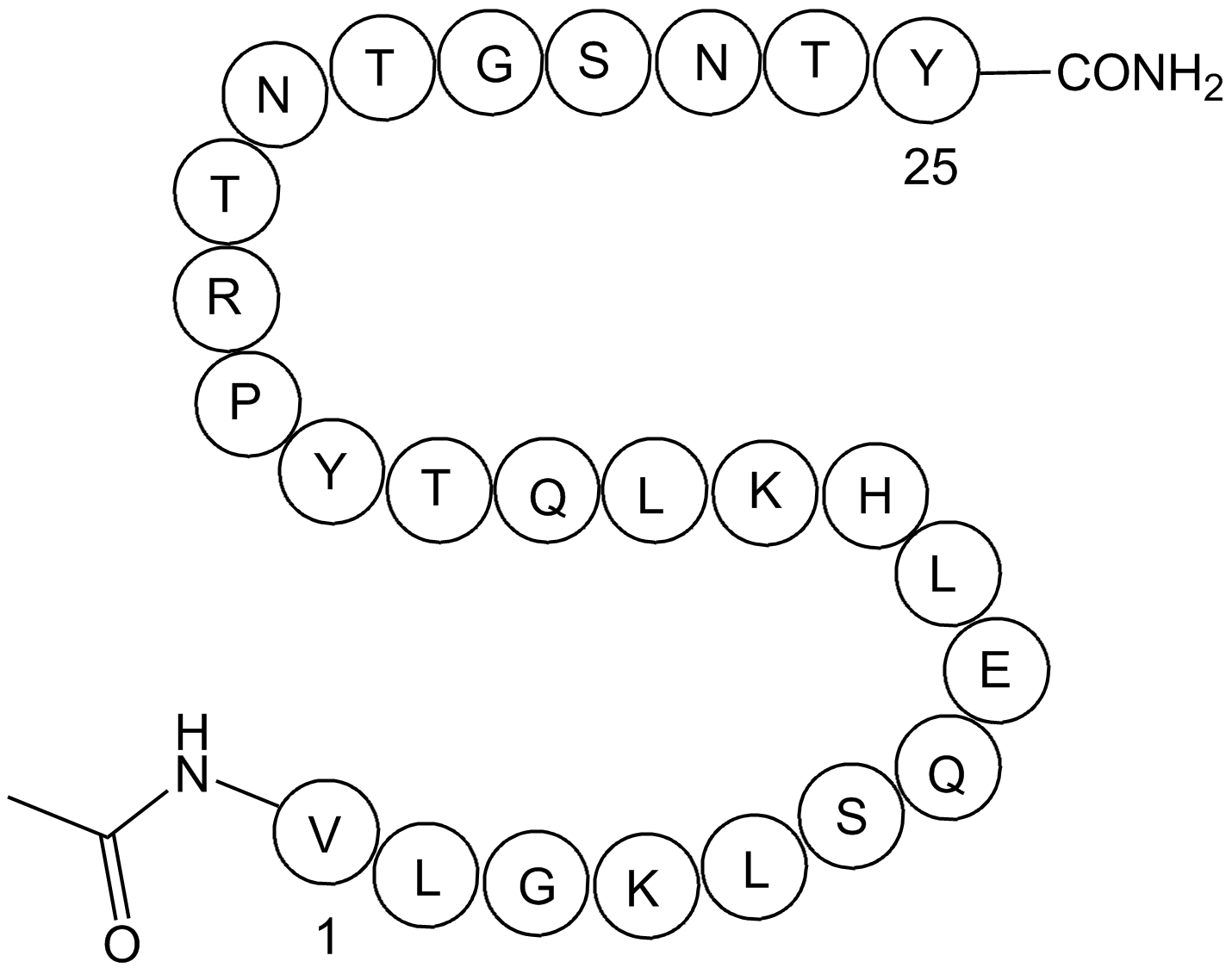 B5424 AC 187Summary: Amylin receptor antagonist, Potent and selective
B5424 AC 187Summary: Amylin receptor antagonist, Potent and selective -
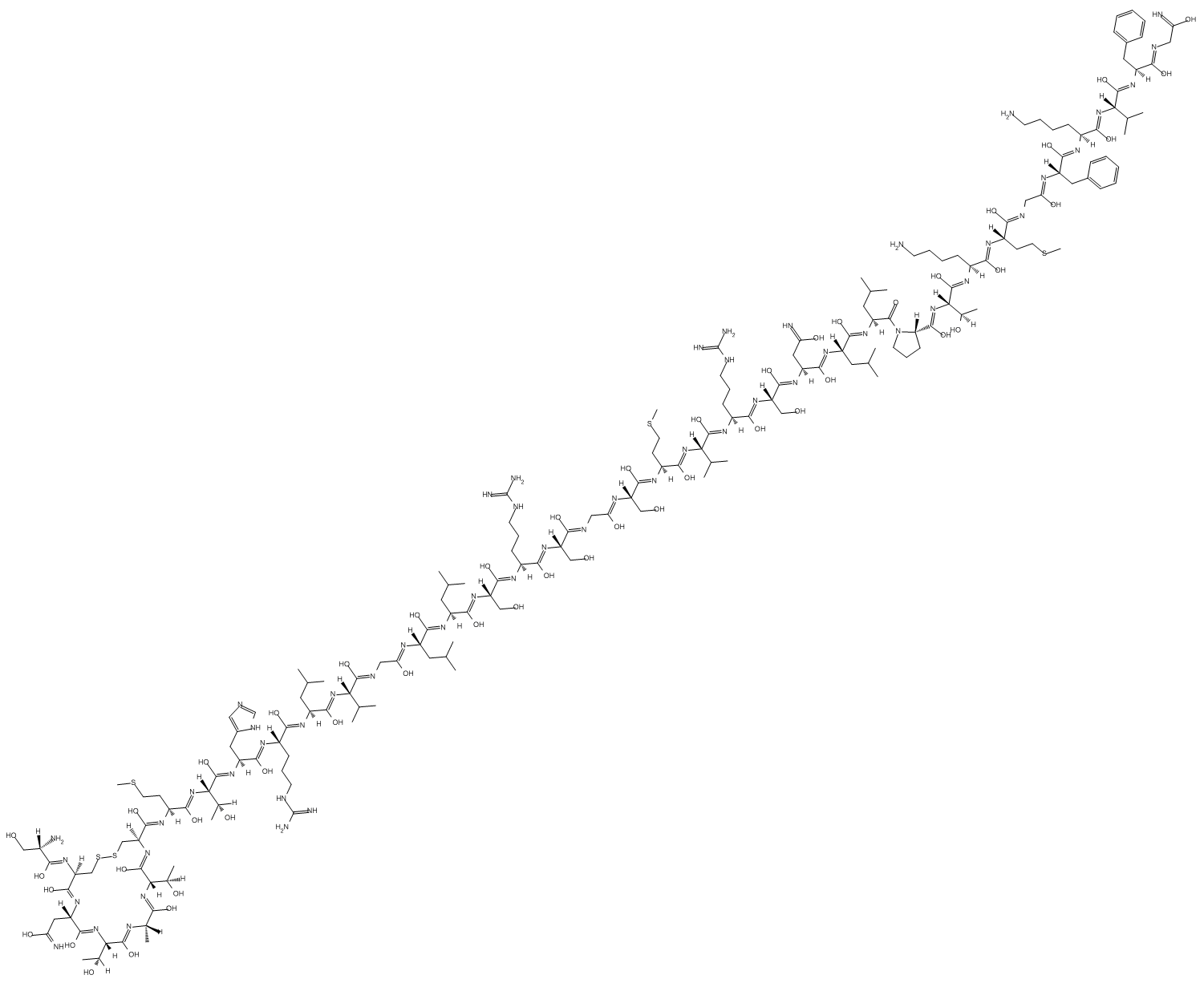 B5452 CRSP-1Summary: Endogenous central calcitonin (CT) receptor agonist
B5452 CRSP-1Summary: Endogenous central calcitonin (CT) receptor agonist -
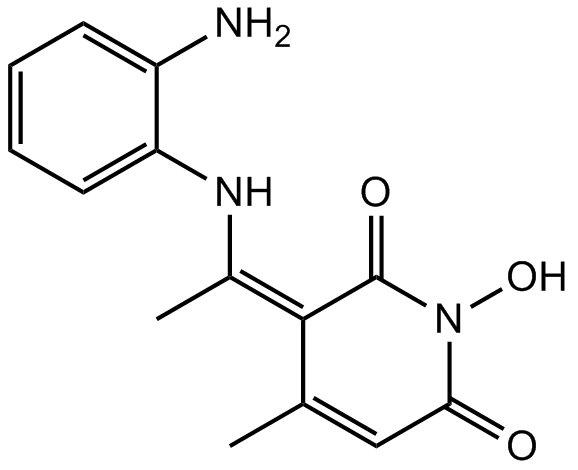 B7101 SUN-B 8155Target: Calcitonin and Related ReceptorsSummary: calcitonin (CT) receptor agonist
B7101 SUN-B 8155Target: Calcitonin and Related ReceptorsSummary: calcitonin (CT) receptor agonist -
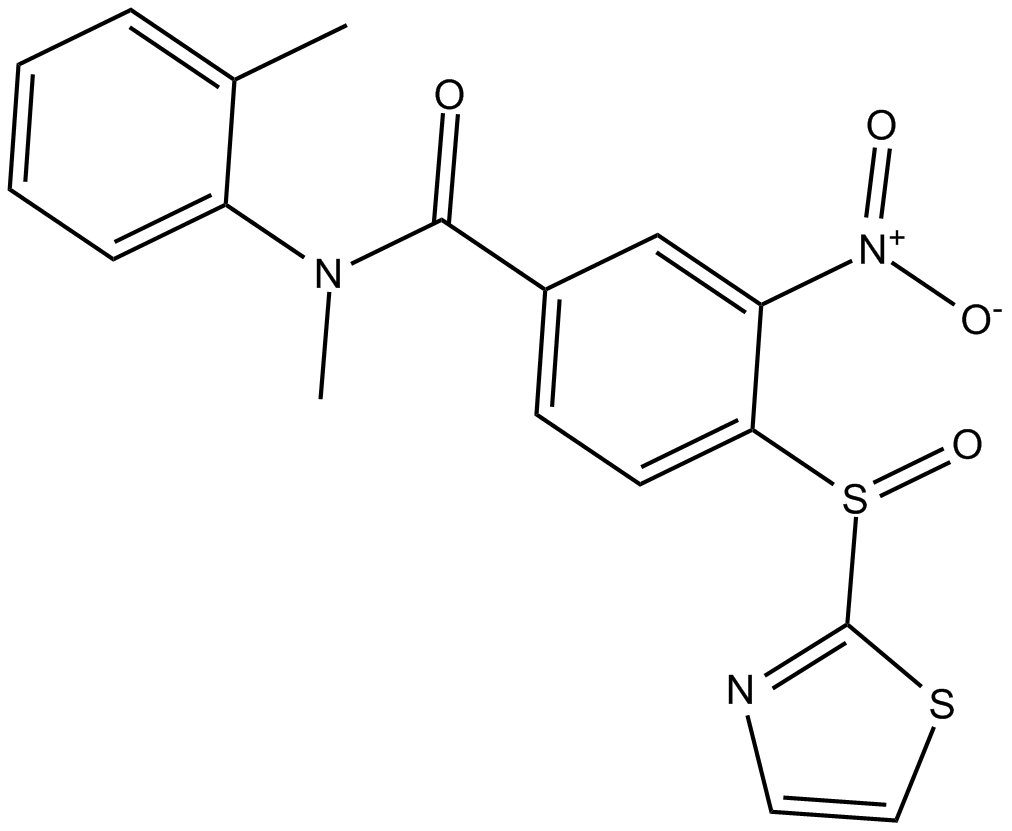 B7645 SB 268262Summary: CGRP1 antagonist
B7645 SB 268262Summary: CGRP1 antagonist

